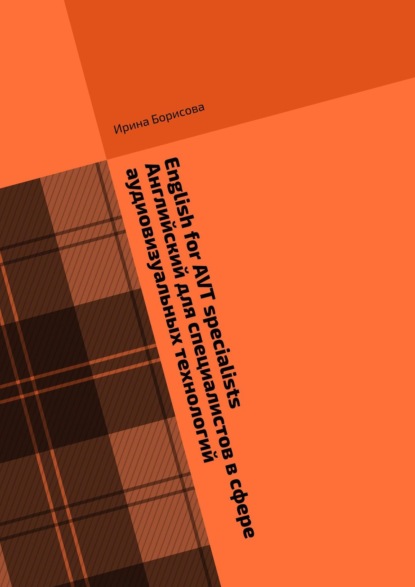По всем вопросам обращайтесь на: info@litportal.ru
(©) 2003-2024.
✖
English for AVT specialists. Английский для специалистов в сфере аудиовизуальных технологий. Сборник текстов и упражнений по английскому языку
Настройки чтения
Размер шрифта
Высота строк
Поля
5) Today, high definition formats enable the surround sound producer to allocate content without clipping and…
(digital audio systems, Sony SDDS
, sonic compromise, research, medium)
6. Read the article in detail to find the answers to the questions below.
1) What was the purpose of the ITU research done in the 1990s?
2) Why may the ITU recommendation not be ideal for many music applications?
3) What was one of the main characteristics of the 1990s regarding the sound production technologies?
4) What was the focus in the exploration into surround sound throughout the 1990s?
5) What event served as a springboard to a newly – born industry called home theater?
6) What fact may be considered as one of the most important achievements proving that surround sound has finally come of age?
7. Find the English equivalents of the following words and expressions in the text.
Отвечающий, ответственный за; проводить научное исследование; главным образом; исходный материал; идеально подходящий; одинаково важные; использование цифрового аудио; по меньшей мере; появились на свет; способность нести закодированный объёмный звук; цифровое телевизионное вещание; их появление; одно из самых значительных достижений.
Grammar revision: comparative and superlative adjectives
The comparative form of adjectives is —er or more… The superlative form is —est or the most
We use —er and —est for one-syllable words (short adjectives).
High-higher-the highest, cheap-cheaper-the cheapest
We use more… and the most… for longer adjectives.
Difficult-more difficult-the most difficult, expensive-more expensive-the most expensive
Some words are irregular: good-better-the best, bad-worse-the worst, and others.
8. Use the adjectives given below in the comparative and superlative degrees. Mind the grammar rules. Some of the words are irregular.
Example: suitable – more suitable – the most suitable
Important, long, successful, little, high, good, remarkable, far, modern, popular, significant, short, meaningful, advanced.
Present continuous and present perfect (simple).
The present continuous is be + verb + ing (am/is/are + verb + ing)
We use the present continuous tense.
1) To talk about an action that is happening at the moment of speaking
Don’t enter the studio. They are recording a song at the moment.
2) To describe a temporary situation
The engineers are working at the new audio scheme this month.
3) To talk about changes occurring around now
The role of this digital audio arrangement in recording studios all over the world is getting more and more important.
4) When we are irritated (with always)
He is always listening to loud music in the evenings.
5) When we talk about arrangements and plans
They are trying out the new device tomorrow.
The present perfect simple is have + past participle.
We use the present perfect tense.
1) To talk about actions and states that started in the past and continue up to the present
He has been a sound engineer for ten years.
2) When we see the result of a past action now
Look! They’ve left a terrible mess in the laboratory.
3) When we talk about repeated actions in the past continuing in the present
The company has taken part in every exhibition so far.
4) To talk about our life experience
I have never visited Disney Land.
5) To say how many times we have done something.
That is the second time they’ve won the award.
6) With superlatives
This is the worst film I have ever seen.
Note that we often use these adverbs with the present perfect: yet, since, ever since, already, ever, never, still, before, this morning, this week, this month, this year.





